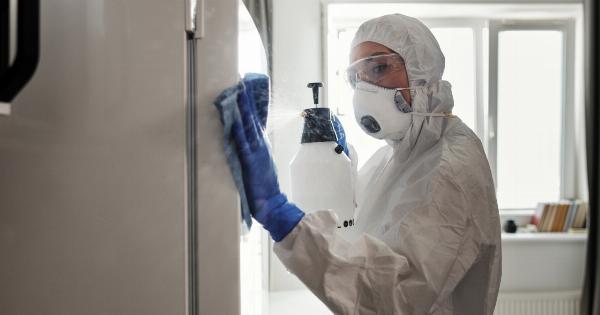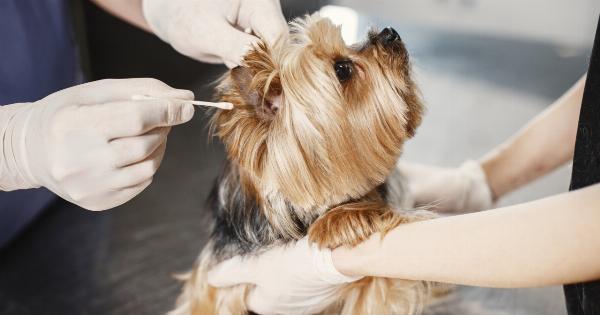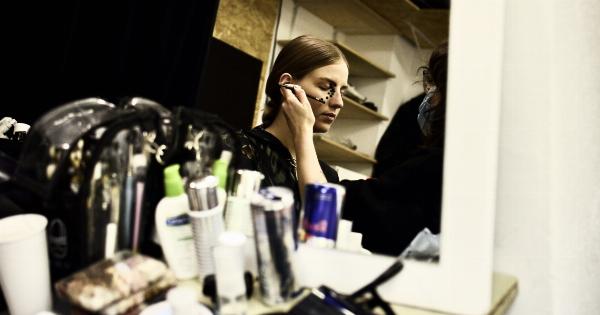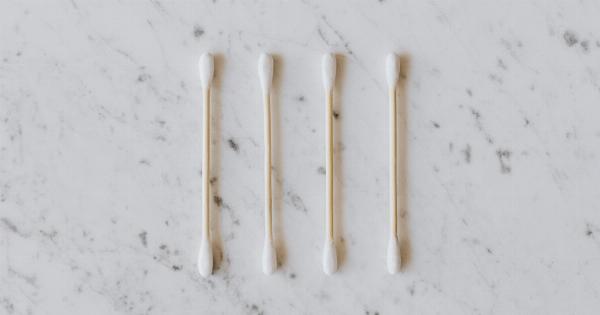Proper ear hygiene is important for everyone, including children. However, cleaning a child’s ears can be a delicate process that requires caution and gentle techniques.
In this article, we will guide you through the steps to safely clean your child’s ears. Remember to always consult a healthcare professional if you have any concerns or your child experiences ear pain or infection.
Importance of Ear Cleaning
Before we dive into the cleaning process, let’s understand why ear cleaning is important for children. Our ears naturally produce earwax, also known as cerumen, which helps protect and lubricate the ear canal.
However, excess earwax can accumulate and cause discomfort, hearing problems, and even infections. Regular cleaning helps maintain ear health and ensures proper hearing.
1. Gather the Necessary Supplies
Before starting, gather the following supplies:.
- Mild soap or ear cleaning solution
- Cotton balls or soft, clean cloth
- Bowl of warm water
- Towel or bib to catch any spills
2. Soften the Earwax
Prior to cleaning, it is helpful to soften the earwax to make it easier to remove. You can do this by placing a few drops of warm water, baby oil, or over-the-counter ear drops into the ear. Ensure the liquid is not too hot.
3. Cleaning the Outer Ear
Begin by cleaning the outer part of your child’s ear. Use a soft cloth or cotton ball dipped in mild soap or ear cleaning solution. Gently wipe the outer folds of the ear, behind the ear, and the area around the ear canal.
Avoid inserting anything into the ear canal as this can push the earwax deeper or cause damage.
4. Irrigating the Ear Canal
Irrigation can help remove excess earwax, but it should be done with caution. It is generally not recommended for children under the age of three.
If your child is older and comfortable with this method, you can try it using a bulb syringe or an ear irrigation kit. Fill the syringe or kit with warm water and gently squirt it into the ear canal. Make sure the water is not too forceful, as it may damage the eardrum. Repeat this process a few times, allowing the water to drain out naturally.
5. Removing Excess Earwax
If the earwax is still causing discomfort or affecting your child’s hearing, you can attempt to remove it using a few safe methods:.
A. Cotton Ball: Moisten a cotton ball with warm water and gently wipe the visible earwax from the outer ear.
B. Baby Oil or Ear Drops: You can use over-the-counter ear drops or mineral oil to soften the earwax.
Follow the instructions on the packaging and carefully administer the drops. Allow the drops to sit in the ear for a few minutes to loosen the wax. Then, tilt your child’s head to the side, allowing the earwax and oil/drops to drain out naturally.
C. Ear Syringe: Ear syringes are designed to remove excess earwax once it has been softened.
Follow the instructions provided with the syringe carefully and gently flush warm water into the ear canal to dislodge and remove the softened earwax.
6. Seeking Professional Help
If you are uncomfortable or unsuccessful in safely cleaning your child’s ears, it is crucial to seek professional help.
A pediatrician or an ear, nose, and throat specialist can examine your child’s ears, perform a safe earwax removal procedure if necessary, and address any underlying ear issues.
Guidelines to Remember
When cleaning your child’s ears, keep the following guidelines in mind:.
- Never insert any objects into the ear canal, including cotton swabs, bobby pins, or fingers. This can cause damage or push the earwax deeper.
- Always use mild soap or specialized ear cleaning solutions. Avoid using harsh chemicals or alcohol, as they can irritate the delicate skin in the ear.
- Do not attempt to clean your child’s ears if they have a perforated eardrum, ear infection, or any other ear-related issues. Consult a healthcare professional instead.
- Never force water or any liquid into the ear canal forcefully, as it can lead to complications or damage.
- Regularly monitor your child’s ears for signs of infection, excess earwax buildup, or discomfort.
By following these guidelines and practicing regular ear hygiene, you can help maintain your child’s ear health and prevent potential ear-related problems.






























